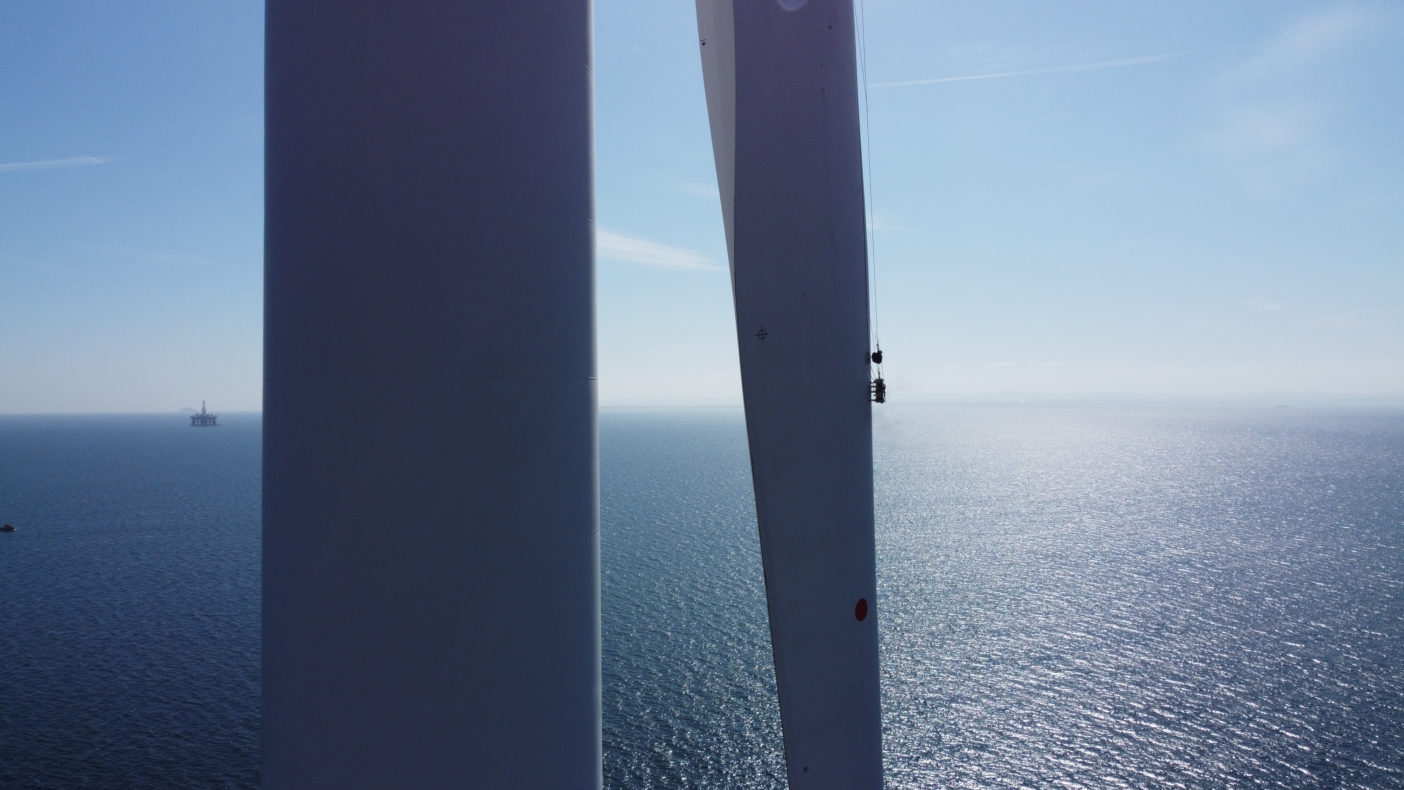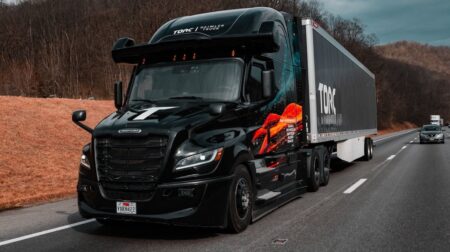Offshore repair and maintenance robot BladeBUG has successfully performed the first remotely controlled lightning protection test on an offshore wind turbine.
During a recent test at the Offshore Renewable Energy (ORE) Catapult’s Levenmouth facility, BladeBUG was controlled from the nacelle using onboard cameras. The robot performed a series of checks and tasks beyond the visual line of sight whilst the rope operator remained in the safety of the nacelle.
According to the project, this latest trial cements the case for wide adoption of repair and maintenance robots across offshore wind. The BladeBUG robot was able to carry out a Lightning Protection System (LPS) check thanks to its manoeuvrable body, which can move and be positioned independently of the legs.
An array of onboard cameras on the robot’s LPS probe was able to be positioned and lowered onto the lightning receptor for a conductivity reading to be taken. This was then compared with a manual reading to check and confirm both readings were the same.
Director of BladeBUG, Chris Cieslak, said: “Our latest successful test has multiple positive implications for the offshore wind repair and maintenance industry.
“From reducing the length of time a rope access tech needs to be outside the nacelle, to giving technicians the ability to focus on larger repair tasks and so deliver more efficient operations our latest test at the ORE Catapult’s Levenmouth facility marks another huge step towards the industry wide adoption of repair and maintenance robots.”

A lightning protection test is a common and routine task for offshore wind rope access technicians. With 38% of operating expenditure going to maintenance and other minor tasks, a repair and maintenance robot enables technicians to proceed with other more repairs and checks.
During this latest three-day trial the BladeBUG robot walked the entire length of the 80 metre blade, proving its ability to navigate the curvature of the blade. BladeBUG also undertook a variety of tasks, all of which were performed with industry standard tools mounted to the robot.
Peter MacDonald, head of engineering at ORE Catapult, added: “This is just the beginning: we can foresee a variety of applications and adaptations for this technology in the future. It also has the potential to boost the UK’s reputation for innovation in robotics and carve out a future export market.”
Additional outdoor trials at ORE Catapult’s Levenmouth and Blyth facilities are now planned as lockdown restrictions ease.
Read more: Robot scales offshore wind turbine blade







